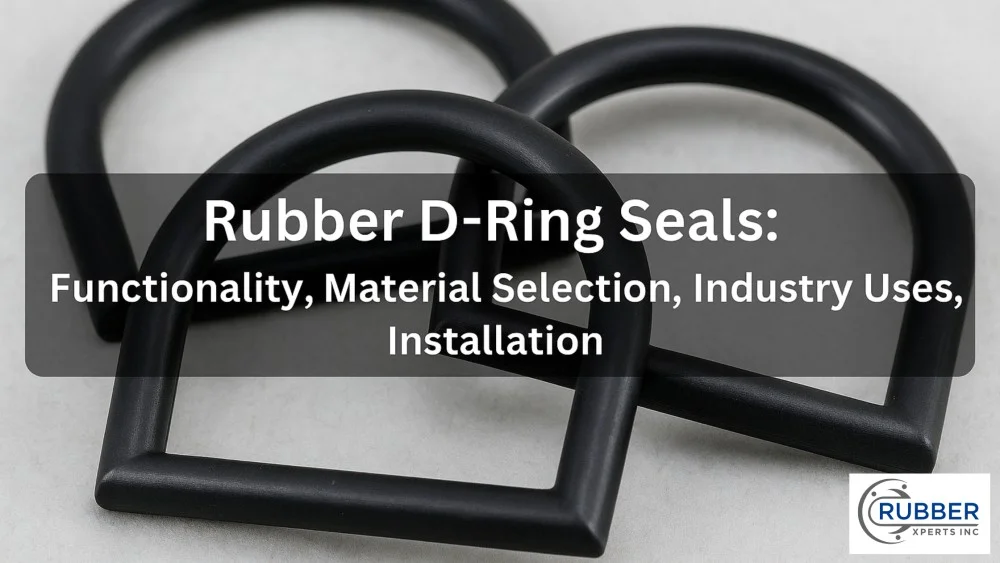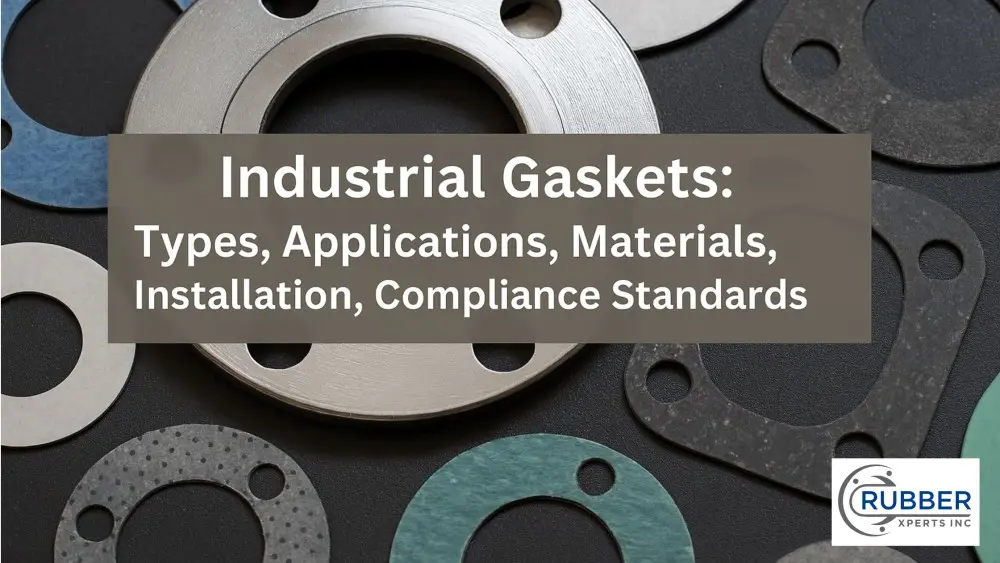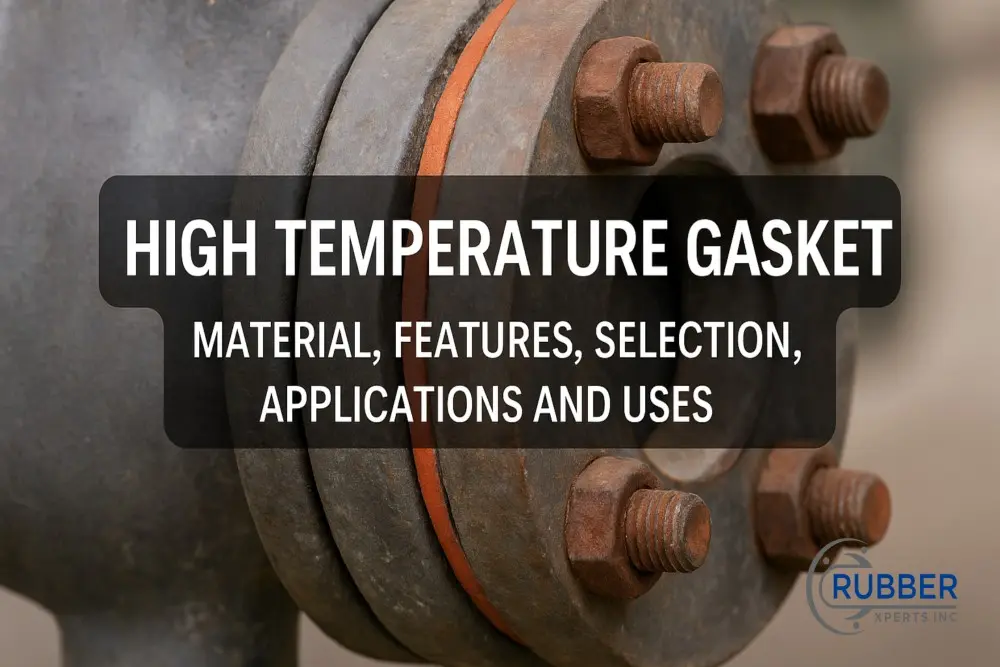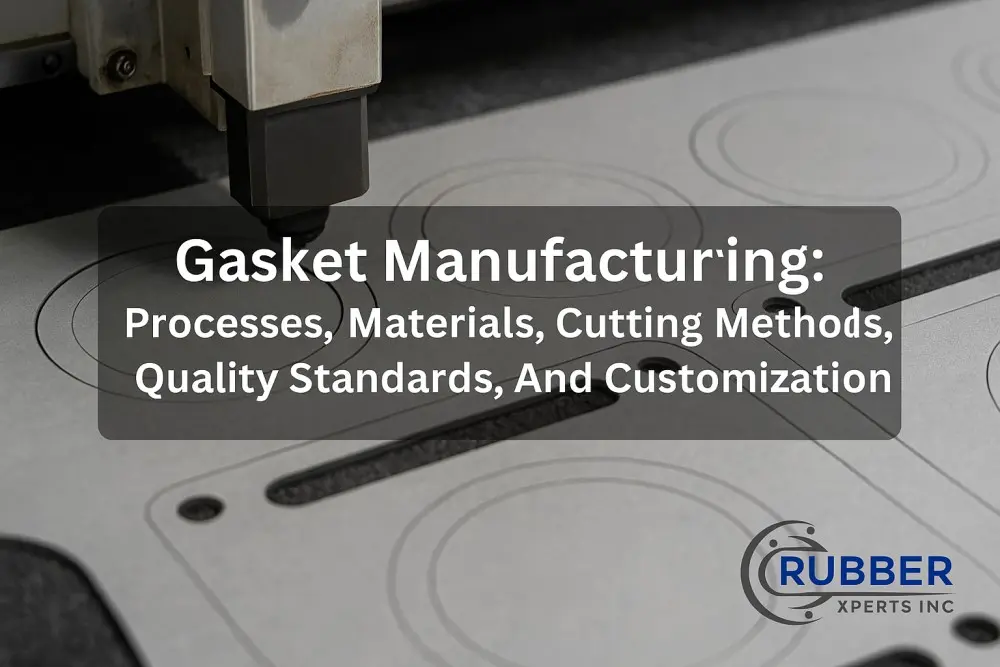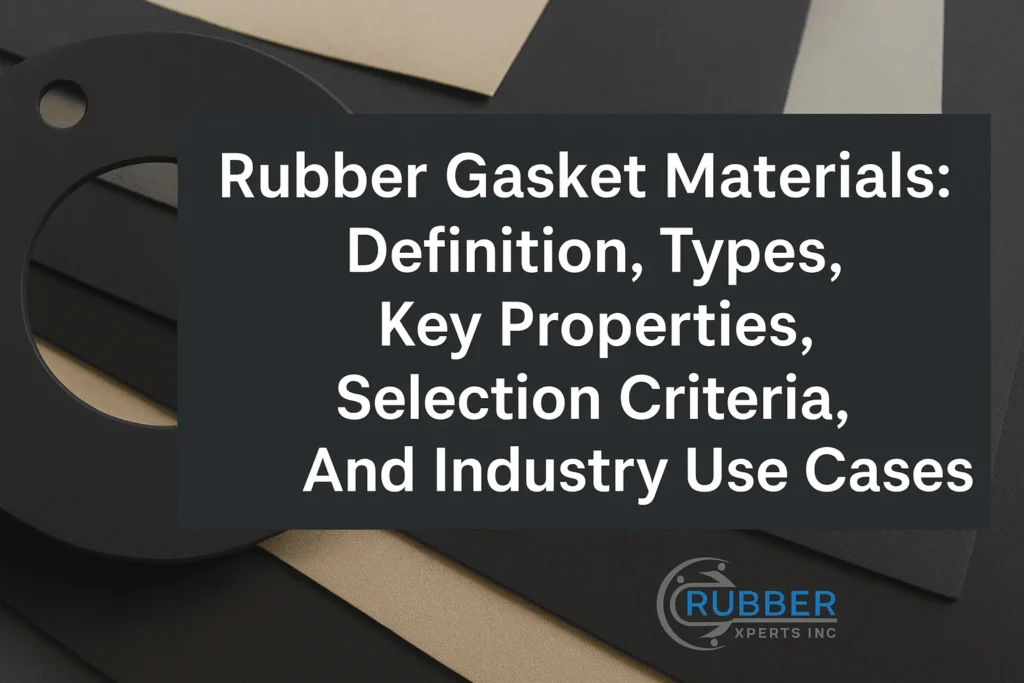Rubber extrusion is a crucial manufacturing process used to produce continuous lengths of rubber products with specific cross-sectional profiles.
This process is widely used in various industries, including automotive, aerospace, construction, and consumer goods, to create items such as Rubber seals, gaskets, tubing, and weatherstripping.
This article delves into the rubber extrusion process, detailing each step, the equipment used, the types of materials, and the applications of extruded rubber products.
What is Rubber Extrusion?
Rubber extrusion is a process in which rubber material is forced through a die to create products with a continuous profile.
The die’s shape determines the cross-section of the extruded rubber, making it possible to produce complex shapes and sizes consistently.
The Rubber Extrusion Process: Step-by-Step
1. Material Selection
The process begins with selecting the appropriate rubber compound.
Different rubber types, such as natural rubber, silicone, EPDM, nitrile, and neoprene, offer varying properties suited for specific applications.
The choice of material depends on factors like temperature resistance, chemical compatibility, flexibility, and durability.
2. Preparing the Rubber Compound
Once the material is selected, it is compounded and mixed to achieve the desired properties.
The compounding process involves blending the rubber base with additives such as fillers, plasticizers, curing agents, and other chemicals to enhance performance characteristics.
3. Feeding the Extruder
The compounded rubber is fed into an extruder, which consists of a hopper, barrel, and screw.
The hopper loads the raw material into the barrel, where the screw transports and compresses the material as it moves through the extruder.
4. Heating and Pressurizing
As the rubber travels through the barrel, it is heated to a specific temperature.
The heat softens the rubber, making it more pliable and easier to shape.
The screw’s rotating action generates pressure, forcing the softened rubber towards the die.
5. Extrusion Through the Die
The rubber is forced through a die at the end of the extruder.
The die’s opening determines the cross-sectional shape of the extruded product.
Dies can be custom-designed to create intricate profiles, such as tubes, cords, sheets, or complex shapes like seals and gaskets.
6. Cooling and Curing
After passing through the die, the extruded rubber must be cooled to retain its shape.
Cooling is typically achieved using air or water baths.
Once cooled, the rubber may undergo vulcanization (curing) to enhance its mechanical properties, such as strength, elasticity, and durability.
Vulcanization involves heating the rubber with sulfur or other curing agents to form cross-links between polymer chains.
7. Cutting and Finishing
The extruded and cured rubber is then cut to the desired length or shape.
Additional finishing processes, such as trimming, splicing, or surface treatments, may be applied to meet specific requirements.
Quality control checks ensure that the final products meet the necessary specifications and standards.
Equipments Used in Rubber Extrusion
Several key pieces of equipment are used in the rubber extrusion process:
Extruder: The main machine that processes and shapes the rubber. It consists of a hopper, barrel, screw, and die.
Die: A tool at the end of the extruder that shapes the rubber into the desired cross-sectional profile.
Cooling System: Typically air or water baths that cool the extruded rubber to maintain its shape.
Curing Oven: Used for vulcanizing the rubber, enhancing its mechanical properties.
Cutting and Finishing Equipment: Machines for cutting, trimming, splicing, and performing other finishing operations.
Types of Rubber Used in Extrusion
Various types of rubber can be used in the extrusion process, each offering unique properties:
Natural Rubber (NR): Known for its excellent elasticity and tensile strength, used in applications requiring high resilience.
Silicone Rubber (VMQ): Offers high-temperature resistance and flexibility, ideal for automotive and medical applications.
Ethylene Propylene Diene Monomer (EPDM): Provides excellent weather, ozone, and UV resistance, commonly used in outdoor applications.
Nitrile Rubber (NBR): Known for its resistance to oils and fuels, used in automotive and industrial applications.
Neoprene (CR): Offers good chemical and weather resistance, used in a variety of sealing and gasketing applications.
Applications of Extruded Rubber Products
Rubber extrusion products are used across numerous industries, including:
- Automotive: Seals, gaskets, weatherstripping, and hoses.
- Construction: Window seals, expansion joints, and weatherproofing.
- Aerospace: Seals, gaskets, and protective covers.
- Consumer Goods: Household seals, tubing, and appliance gaskets.
- Healthcare & Medical: Silicone tubing and seals for medical devices.
Conclusion
The rubber extrusion process is a versatile and essential manufacturing technique for producing a wide range of rubber products with consistent profiles and high precision.
The adaptability of the rubber extrusion process makes it invaluable in various industries, ensuring that rubber products meet the demanding requirements of modern applications.

